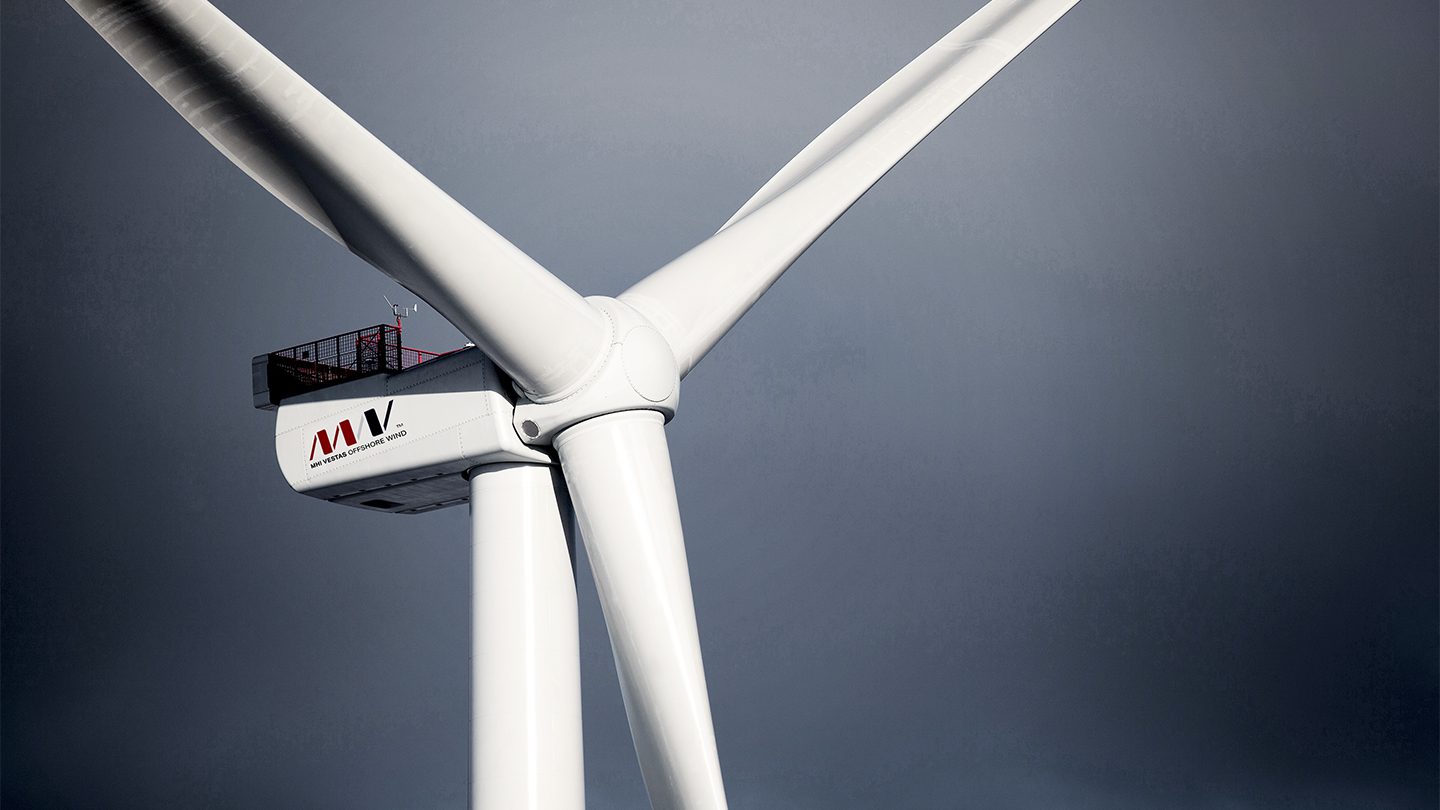By Ryan Tracy And Angel Gonzalez, The Wall Street Journal
WASHINGTON—BP PLC on Wednesday got permission to drill its first well in the Gulf of Mexico since the company’s massive oil spill there last year.
The decision was expected after the U.S. Interior Department approved the company’s broader plan for four exploratory wells in the Gulf late last week. It represents another milestone in the U.K. oil company’s efforts to return to the good graces of federal regulators since it lost control of a deep-water well after a blowout in April 2010. The incident killed 11 workers and caused the largest offshore oil spill in U.S. history.
The Interior Department said the company had met new safety requirements put in place since the spill and had adhered to voluntary standards that went beyond the agency’s requirements.
The approval comes a day after the U.K. oil company reported quarterly earnings of $5.3 billion, surpassing analyst expectations and boosting hopes that the company was emerging with renewed strength from one of the darkest—and costliest—periods of its history. The company had to shed billions of dollars in assets in order to pay for spill costs, while facing the wrath of U.S. legislators, environmental activists and the public.
“We have now reached a definite turning point,” Chief Executive Bob Dudley said in a statement Tuesday. “Our operations are regaining momentum and we are facing the future with great confidence.”
BP said Wednesday’s permit came “after several months of hard work developing and implementing our new drilling standards and sharing those standards with industry partners and regulators.”
The well is located about 246 miles south of Lafayette, La., and is part of BP’s Kaskida prospect. It will be drilled in 6,034 feet of water.
To demonstrate it could contain a blowout at the new well, BP contracted with the Marine Well Containment Co., an industry consortium formed after last year’s spill. The company maintains a “capping stack” that can be scrambled to the scene of a spill and is designed to contain an out-of-control well in deep water.
Environmental groups have questioned whether the new containment system can fulfill those claims, but federal regulators have endorsed it.
“This permit was approved only after thorough well design, blowout preventer, and containment capability reviews,” Michael Bromwich, director of the Interior Department’s Bureau of Safety and Environmental Enforcement, said Wednesday.
BP, one of the largest leaseholders in the U.S. Gulf and until the spill one of the most successful wildcatters there, can now join the flock of big oil and gas companies returning to the oil-rich area. On Tuesday, Hess Corp. said it was moving forward with the $2.3 billion development of the Tubular Bells deep-water oil and gas project in the Gulf—the helm of which it took over from BP in the wake of the Deepwater Horizon spill.
The Interior Department said it has approved permits for 46 deep-water wells since February, when a company first demonstrated it could contain a deep-water spill.
(c) 2011 Dow Jones & Company, Inc.
Unlock Exclusive Insights Today!
Join the gCaptain Club for curated content, insider opinions, and vibrant community discussions.

 Join The Club
Join The Club












